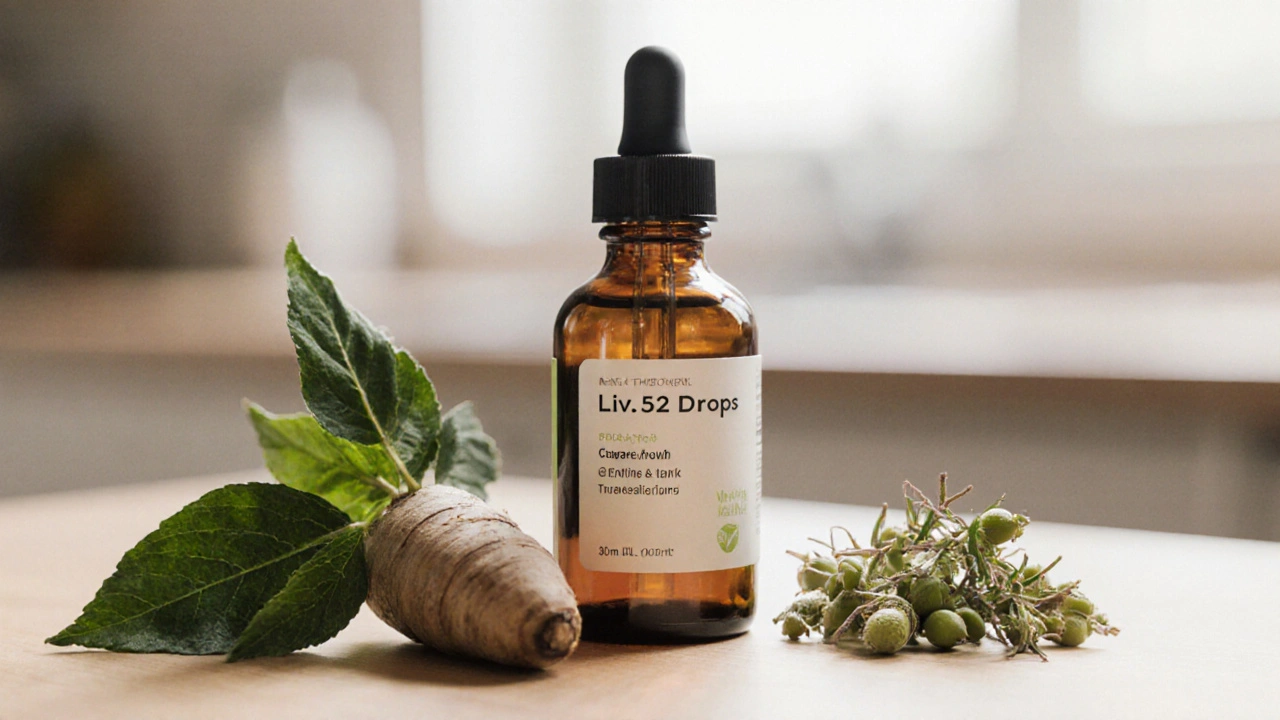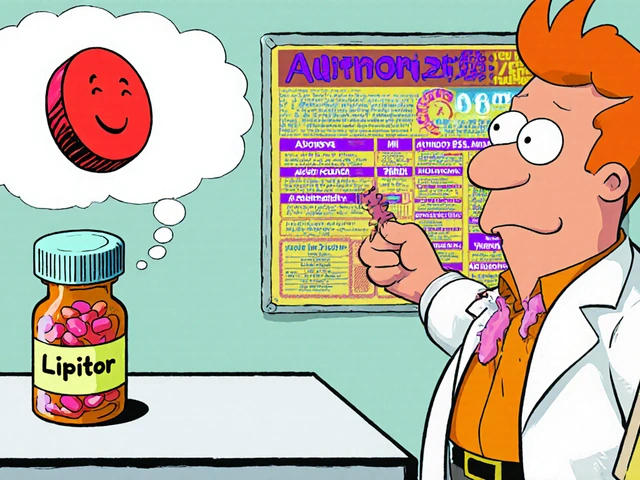Natural Health: Practical Uses for American Mistletoe and Castoreum
You might not expect mistletoe or castoreum to show up in a modern supplement list, but both have long folk histories and real practical uses people ask about today. Here I’ll explain what each one does, how people commonly take them, and what to watch for when you’re buying or trying them.
American Mistletoe: what it does and how to use it
American mistletoe is most often used in extract or capsule form. People look to it for support with circulation and immune resilience. Typical forms you’ll see: standardized leaf extracts, tinctures, and dried herb capsules. Dosing varies a lot by product, so follow the label. If you’re on blood pressure meds, blood thinners, or have a heart condition, talk to your doctor before trying it—mistletoe can interact with those drugs.
When choosing a mistletoe product, look for a clear extraction method and a standardized marker (for example, an extract percentage). Third-party testing for purity and contaminants matters, because plant material can pick up heavy metals or pesticides. Start low, monitor how you feel, and stop if you notice dizziness, nausea, or unusual bleeding.
Castoreum: an old remedy with special considerations
Castoreum comes from beaver scent glands and has been used historically in traditional remedies for anti-inflammatory and antimicrobial purposes. Today it’s rare in mainstream supplements and more common in niche herbal products or traditional medicine contexts. Because it’s animal-derived, sourcing and ethics are big concerns—many people prefer plant-based alternatives for similar uses.
If you do encounter castoreum, know that quality varies. Pure, responsibly sourced material is uncommon and expensive. Always check for clear sourcing statements and any third-party testing. People with allergies to animal products or those who avoid animal-derived ingredients for ethical reasons should skip it. And if you have any chronic health concerns, get medical advice before trying castoreum—its interactions aren’t well studied in modern clinical trials.
Both ingredients demand care: avoid during pregnancy and breastfeeding unless a qualified provider clears them. Watch for side effects and interactions with prescription drugs. A pharmacist can quickly tell you if a supplement will clash with medications you already take.
Quick buying checklist: 1) Clear ingredient list and dosage, 2) Third-party lab testing or COA (certificate of analysis), 3) Transparent sourcing and extraction method, 4) Positive, specific user feedback rather than vague claims. That short list helps you avoid low-quality products and exaggerated marketing.
Want actionable next steps? If you’re considering mistletoe for circulation or immune support, pick a standardized extract and start at a low dose while tracking effects. If castoreum interests you for its traditional uses, prioritize reputable sellers and consult a clinician before you start. Either way, treat these as targeted tools—not miracle cures—and use them alongside good sleep, diet, and stress management for the best results.







